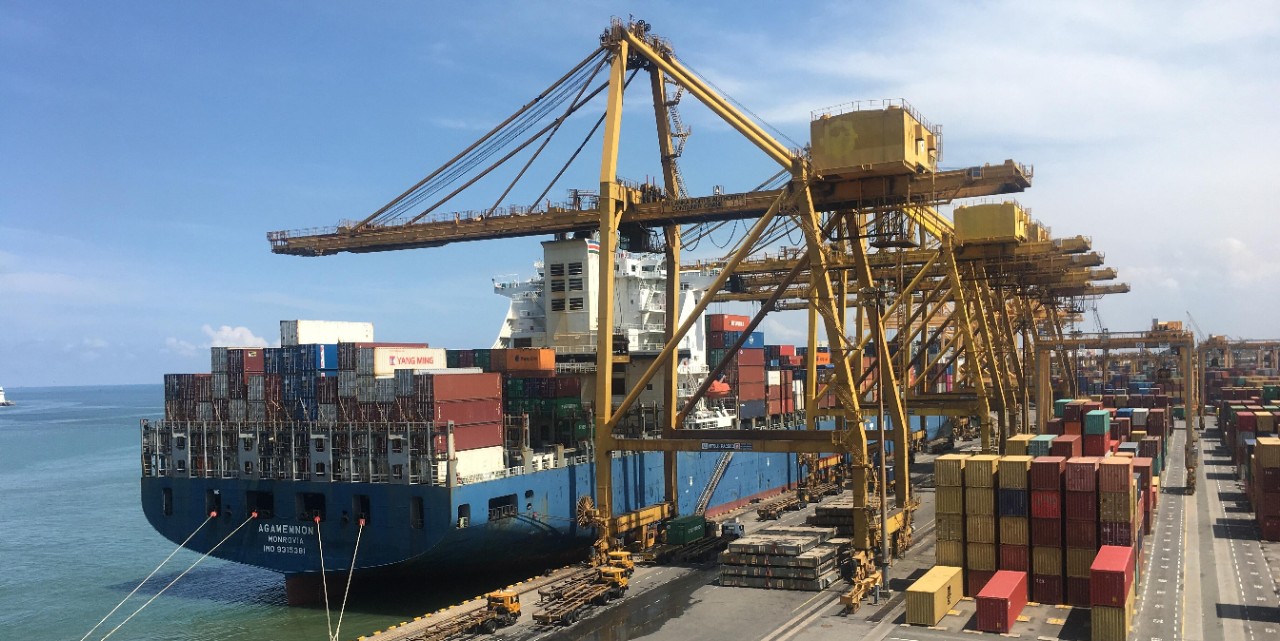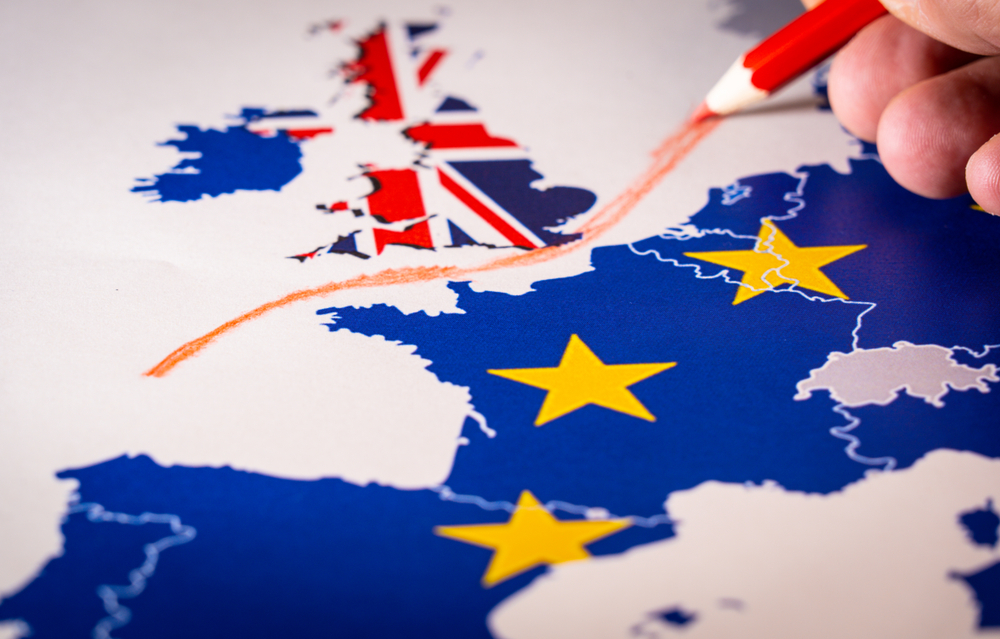- A pivotal year for the ECB: Whereas 2018 will be known as the year when the ECB reached the end of its monetary easing path – with the cessation of QE net purchases under which the ECB accumulated a bond portfolio worth €2.6 trillion over the course of close to four years – 2019 will mark the beginning of monetary tightening.
- First rate hike since 2011: Given the challenging macro backdrop the unwinding of monetary stimulus will proceed at a gradual pace at best in 2019. Assuming that the economic upswing in the Eurozone remains intact next year, as is plausible from today’s point of view, the ECB will raise rates for the first time in more than a decade in 2019, starting off with a 15bp hike in the deposit rate in September followed by a 25bp hike in all key rates in December. This will also reflect an attempt to win back policy room to fight the next crisis.
- Safety nets to ensure a smooth departure from the zero lower bound: For the great unwind to proceed without any tantrums, the ECB will put safety nets in place. For one the reinvestment of maturing bonds will weigh on long-term rates until at least 2021. In addition the ECB is likely to extend its forward guidance beyond the first rate hike to ensure that market expectations remain aligned with its monetary policy intentions.
- Banks receive a helping hand: The ECB will likely announce a new round of TLTRO funding in Q1 2019 to support lending conditions at a time when confidence in the Eurozone banking sector is waning. To address the risk of Eurozone banks becoming too dependent on cheap loans, the ECB could announce a floating-rate TLTRO to ensure that any rate hikes are passed through to banks.
- Country risk is staging a comeback: As the ECB gradually pulls back, the role of market discipline will strengthen again. Investors will increasingly differentiate between countries with strong economic fundamentals and more fragile ones. Meanwhile sound policy-making will be rewarded while the room for policy mistakes will start to disappear.
Challenging macroeconomic backdrop for the ECB to start unwinding its monetary stimulus
Economic momentum in the Eurozone has cooled notably following the Euroboom year of 2017. Weaker external demand has been the key driver behind the growth moderation. One-off factors including first and foremost disruption in car production due to new emission testing procedures have also played a role. Forward-looking indicators are not indicative of a clear stabilization yet and rather than pointing to a quick rebound in the near term suggest lower growth is here to stay. Meanwhile the accumulation of political risks – including a no-deal Brexit scenario, a renewed debt crisis in Italy and a further escalation in the trade dispute – is increasingly weighing on economic sentiment with firms proving more cautious with regards to their investment and hiring decisions.
Are we nearing the end of the growth cycle? While we are definitely getting closer, we are not expecting the next recession to hit in 2019. There are still convincing arguments in favor of the upswing to continue – albeit at a more moderate pace – with private consumption propped up by resilient employment growth and fiscal policy becoming more accommodative. We expect GDP growth to slow but to remain decent at 1.6% in 2019 – above the potential rate for the fifth consecutive year – after 1.9% in 2018 as the weakness in export demand persists and increasingly feeds through to Eurozone domestic demand.
Table 1: Macroeconomic projections 2018-2020
















